A dead boy with his intestines visible. Date unspecified.
The naked corpse of American aspiring actress and murder victim Elizabeth Short, known as the "Black Dahlia," lying in a vacant lot in Los Angeles. 1947.The body of 22-year-old Short was found mutilated and dismembered, in January 15, 1947 in Los Angeles. Despite
an investigation with 150 suspects, no one was ever arrested and the murder of Elizabeth Short remains a cold case.
Newspaper photographer Arthur Fellig, better known as Weegee, examines a body stuffed into a trunk and deposited on a patch of waste ground in New York. Circa 1945.
A New York police officer takes a peek at a dead body covered with newspapers. 1943.
Mafia kingpin Joe Masseria holds the ace of spades, "the death card," in his hand following his murder on the orders of infamous gangster Charles "Lucky" Luciano in a Coney Island restaurant. 1931.
The body of Earl "Hymie" Weiss, leader of Chicago's North Side Gang. He was killed when Al Capone's men opened fire with a submachine gun on him and his associates while they were visiting a courthouse where an ally of his was on trial. 1926.
The dead body of Al Capone associate Charles "Cherry Nose" Gioe, who was shot through the head by mafia hitmen hired by a Chicago mob boss whose plans Gioe had unknowingly interfered with. 1954.
The body of mobster Benjamin "Bugsy" Siegel, who was killed by an unknown assailant who shot him through a window with an M1 Carbine while he was staying at an associate's house in Beverly Hills. 1947.
The burnt body of gangster Irving Feinstein, who was set on fire by Murder Inc. killers Harry Strauss and Martin Goldstein and left exposed in a lot in New York City. 1938.
The dead body of Joseph Rosen, a candy shop owner who was killed by Murder Inc. leader Louis "Lepke" Buchalter in his own store in Brooklyn. 1936.
The dead body of Andrew Borden, father of Lizzie Borden, in his house in Fall River, Mass. 1892
Weegee photographs a human head at the scene of a murder. Circa 1945.
Murdered gangster David Beadle, also known as "David the Beetle," in front of The Spot Bar and Grill in Manhattan. 1939.
The Saint Valentine's Day Massacre, in which seven members of the North Side Gang were trapped in a garage, lined up against the wall, and shot to death by members of Al Capone's rival gang during a power struggle for control of Chicago. 1929.
Two police officers with a dead body in a New York apartment stairwell. 1957.
Close-up of a corpse's battered and bloodied face. Angres, France. 1912.
The dead body of Homer Van Meter, an associate of John Dillinger and a notorious bank robber, who was killed after fleeing police in St. Paul, Minn. 1934.
This was one of the first crime scenes to be photographed. Sadly, the victim was 6-year-old Clémentine pichon, murdered by a local teenager.
Before the advent of fingerprinting or criminal profiling, police departments around the world saw countless criminals slip through the cracks. That is until a French police officer named Alphonse Bertillon found an innovative way to do so. The work of Alphonse Bertillon was largely trounced by the introduction of fingerprint identification in the early 1900s. Nonetheless, his mugshot standard has remained virtually the same for the last 100-plus years.
Criminal identification for the Paris police department, developed the mug shot format and other photographic procedures used by police to register criminals. Although the images in this extraordinary album of forensic photographs were made by or under the direction of Bertillon, it was probably assembled by a private investigator or secretary who worked at the Paris prefecture. Photographs of the murder victims are assembled with views of the rooms where the murders took place, close-ups of objects that served as clues, and mug shots of criminals and suspects. Made as part of an archive rather than as art, these postmortem portraits, recorded in the deadpan style of a police report, nonetheless retain an unsettling potency. Among the traits Bertillon recorded was arm length, head length, and the distance between fingertips with arms outstretched.
Alphonse Bertillon the 'father of forensics', but really was given the proper name in 1954, the father of Scientific Detection.
Known also as the anthropometric system, criminal records also kept track of a suspect's height, ear size, foot size, arm length, eye color, skin tone, and any notable marks.
Within a few years, Bertillon's eponymous system allowed officers to scan their records by any category they desired — from foot size and hair color to birth marks and skin tone. He believed the evidence captured on film could serve officers during ongoing investigations. Taking photos also stopped officers from contaminating the scene.
Many of Bertillon's peers scoffed at the notion that photography would, in any way, help reduce the crime rate.
When Alphonse Bertillon joined the Prefecture of Police in Paris in 1879, the department had already collected 80,000 photographs of known criminals. They were captured under variable lighting, and at most, only accompanied by a name and address.
By 1883, Bertillon had collected 7,336 measurements and identified 49 repeat offenders. That figure reached 241 by the following year and kept growing as techniques got more practiced and more investigators began to started using Bertillon techniques.
It was a much more efficient system than the previous model, which forced police to rifle through stacks of photos with lacking details. Often heralded as the first forensic expert for his innovations, Alphonse Bertillon was also one of the first known people to identify a criminal by a fingerprint collected at a crime scene. He become well known individual within police and detective agencies while never working for then until Bertillon's father eventually got him work at the Paris police department, Sherlock Holmes author Sir Arthur Conan Doyle wrote in The Hound of Baskervilles that Holmes was "the second highest expert in Europe" — after Alphonse Bertillon. He also used compounds to preserve crime scene details like footprints. He also employed a dynamometer in his investigations, a tool which gauges just how much force was used in breaking into and entering a residence. Here are a few of many well known crime scene photos some taken by Alphonse Bertillon himself and others using his techniques.
Bertillon used floor grids to his advantage, standardizing their use in his crime scene photography to measure the size of victims and objects. He called this "metric photography.
Bertillon preferred to take low-angle photographs like this one, as well as bird's-eye views of his victims using the tripod tool.
A large tripod was used to capture the body from above. Here are some photos using the tripod technique.
Bertillon not only captured the crime scenes and corpses themselves, but made sure to collect exterior shots and views of the streets, alleys, and surrounding areas for his work.
This photo was used as an example for how to properly position the victim's body to capture a shot from the side.
Alphonse Bertillon died in February 1914, mere months before the beginning of World War I.
Thx for reading i know its alot of words, hopefully you learned something neat i had alot of fun just learning all this stuff.
I used AI to help with grammer and punctuation as i am an impressive retard.





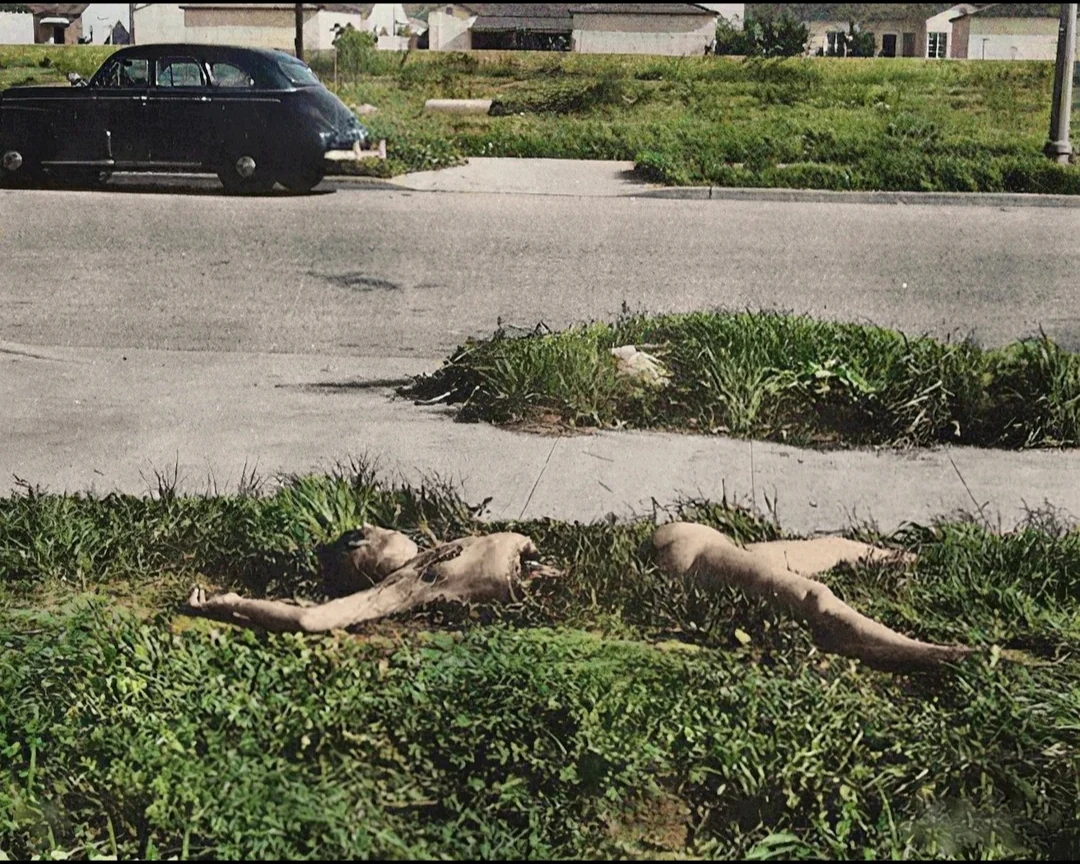





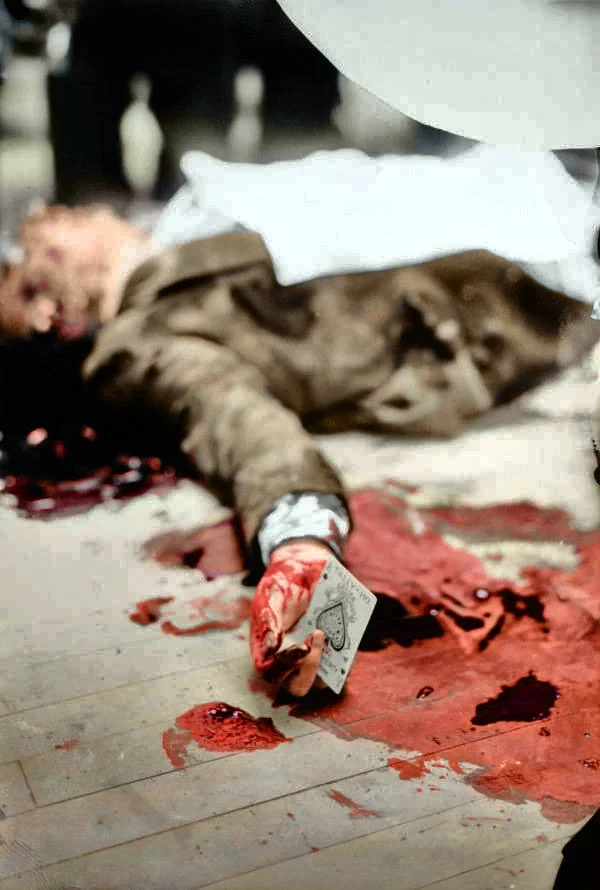







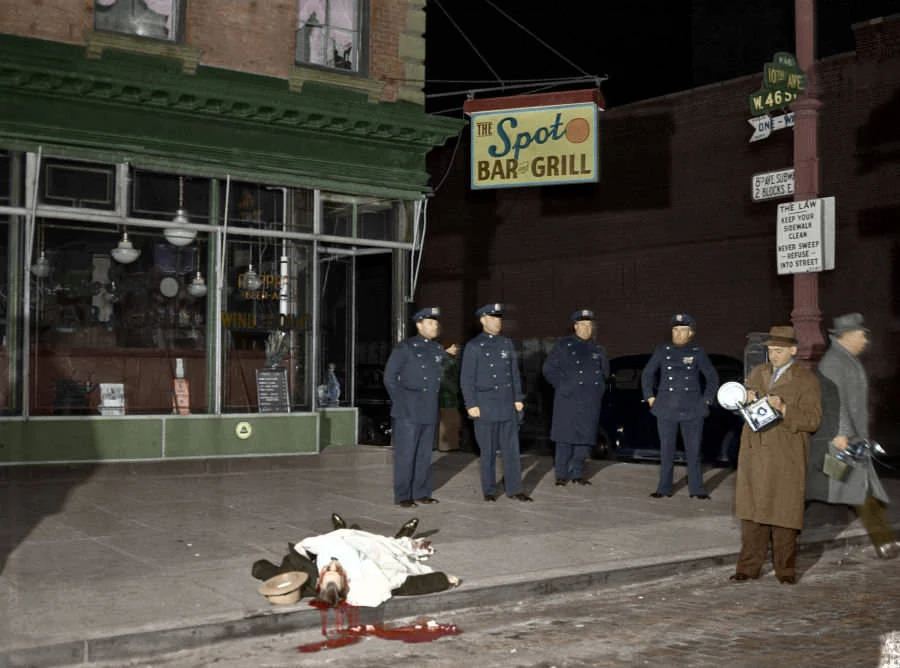


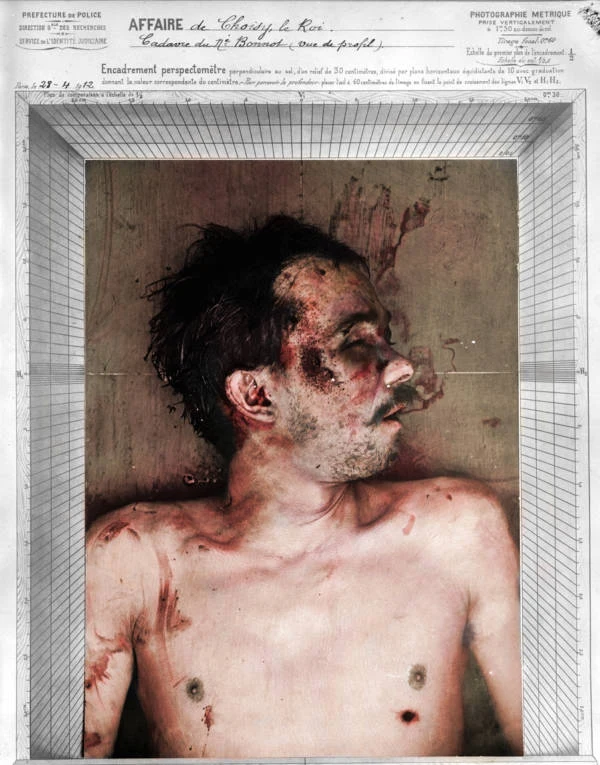














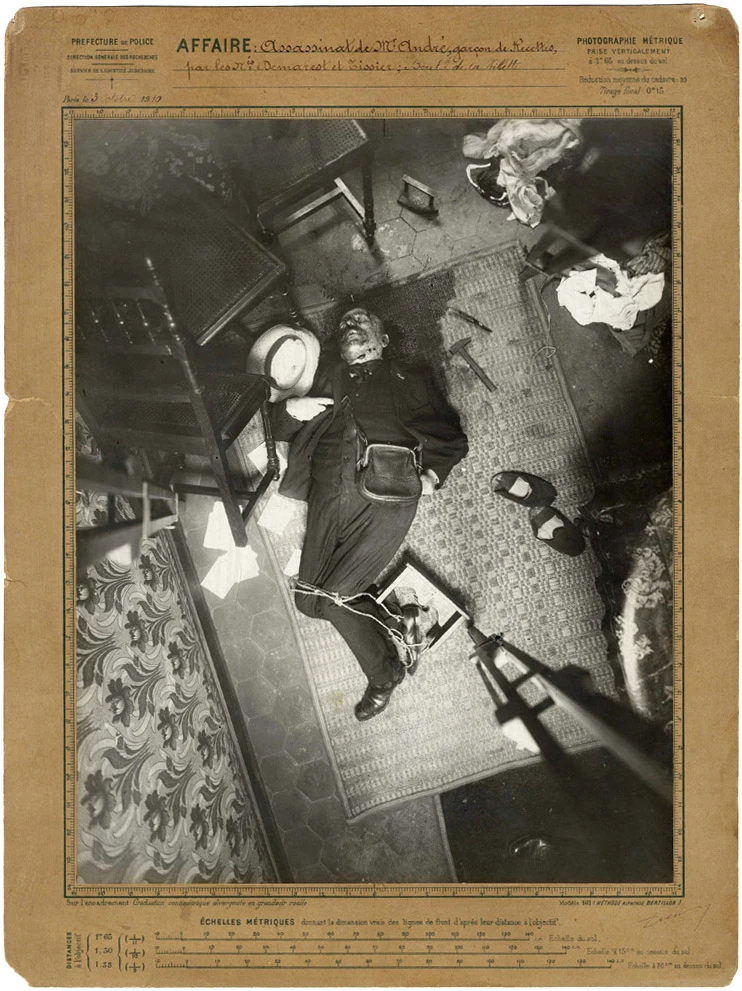










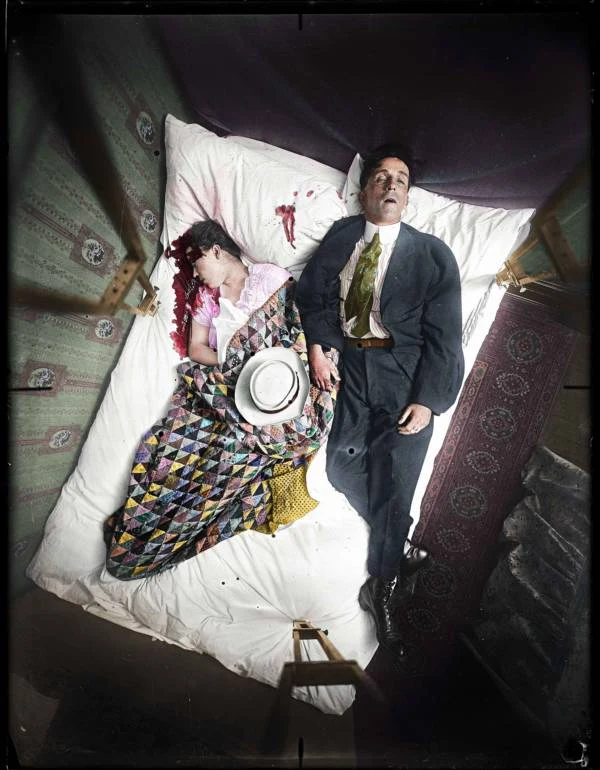












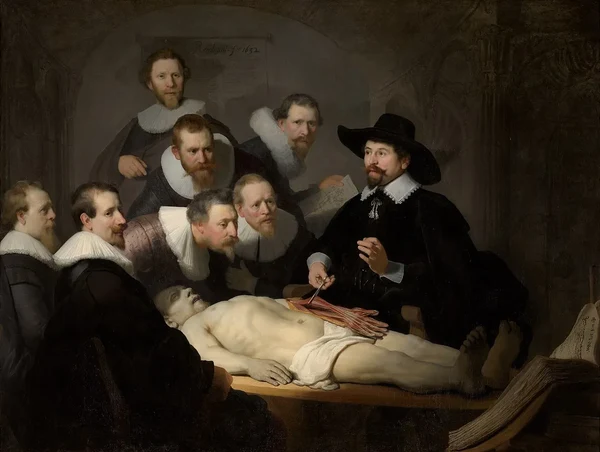

 Slavshit
Slavshit

 Sandshit
Sandshit

Jump in the discussion.
No email address required.
This was really enjoyable post. Thank you for your effort! Loved it!
Jump in the discussion.
No email address required.
More options
Context